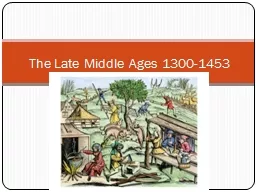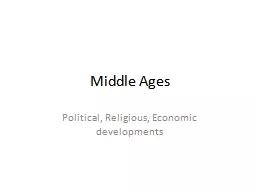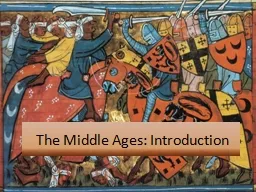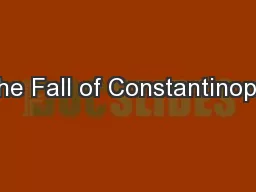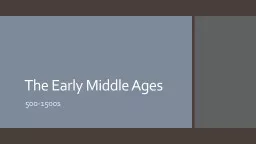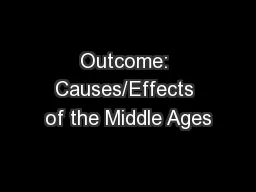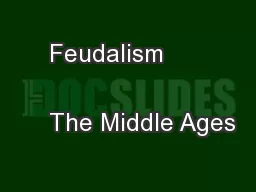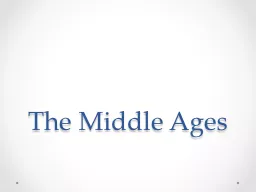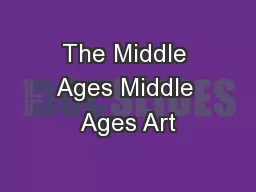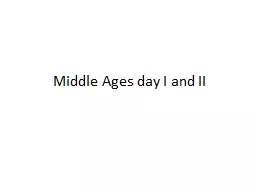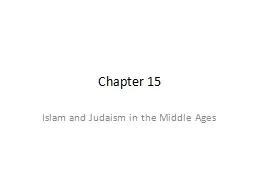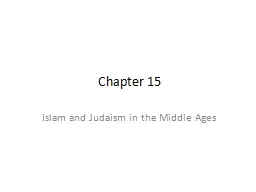PPT-The Late Middle Ages 1300-1453
Author : faustina-dinatale | Published Date : 2017-12-12
Key Terms Black Death Boccaccio and Decameron Taille Jacquiere Hundred Years War Estates General Edward III Essential Questions What were the effects of the bubonic
Presentation Embed Code
Download Presentation
Download Presentation The PPT/PDF document "The Late Middle Ages 1300-1453" is the property of its rightful owner. Permission is granted to download and print the materials on this website for personal, non-commercial use only, and to display it on your personal computer provided you do not modify the materials and that you retain all copyright notices contained in the materials. By downloading content from our website, you accept the terms of this agreement.
The Late Middle Ages 1300-1453: Transcript
Download Rules Of Document
"The Late Middle Ages 1300-1453"The content belongs to its owner. You may download and print it for personal use, without modification, and keep all copyright notices. By downloading, you agree to these terms.
Related Documents

